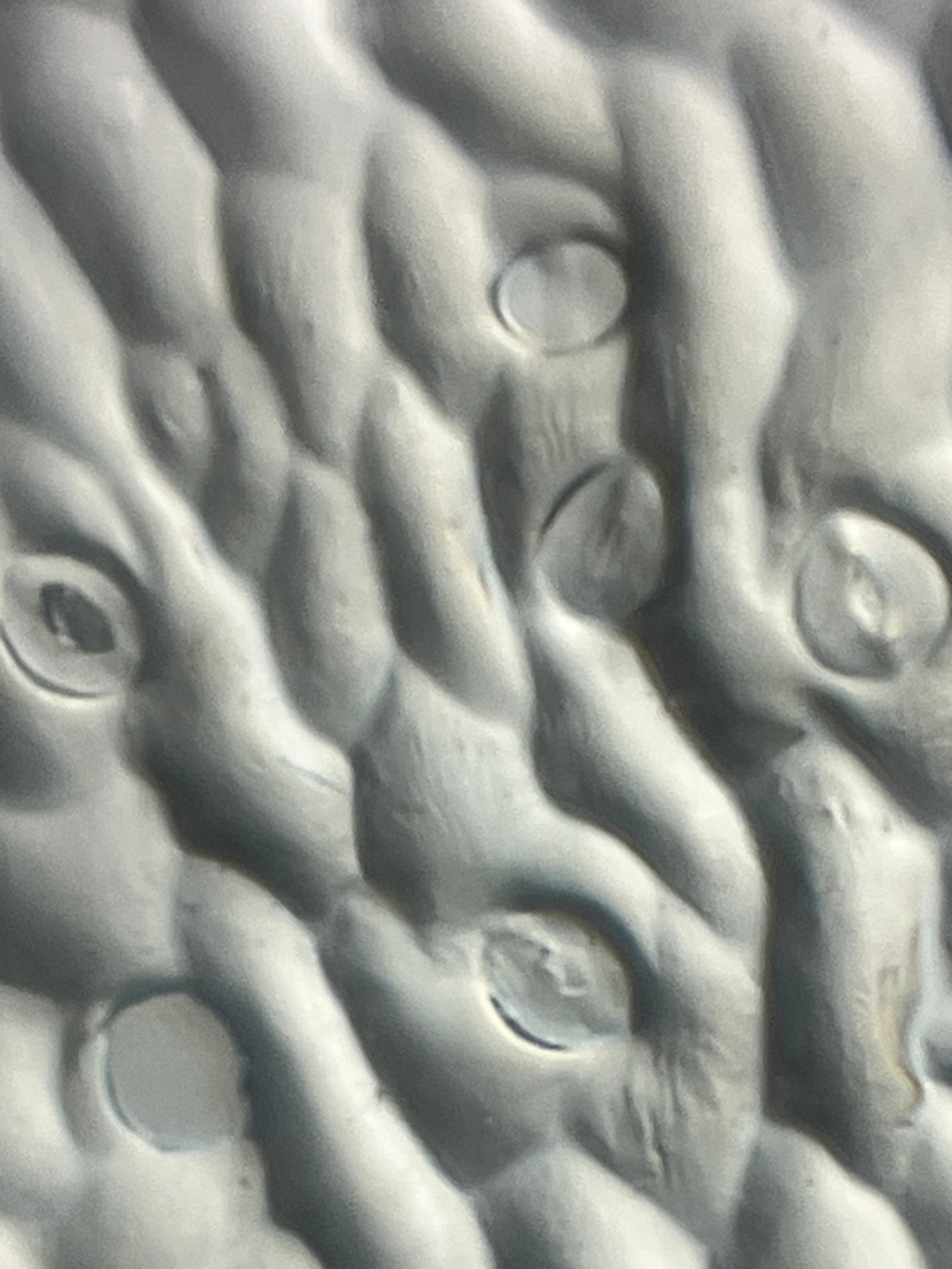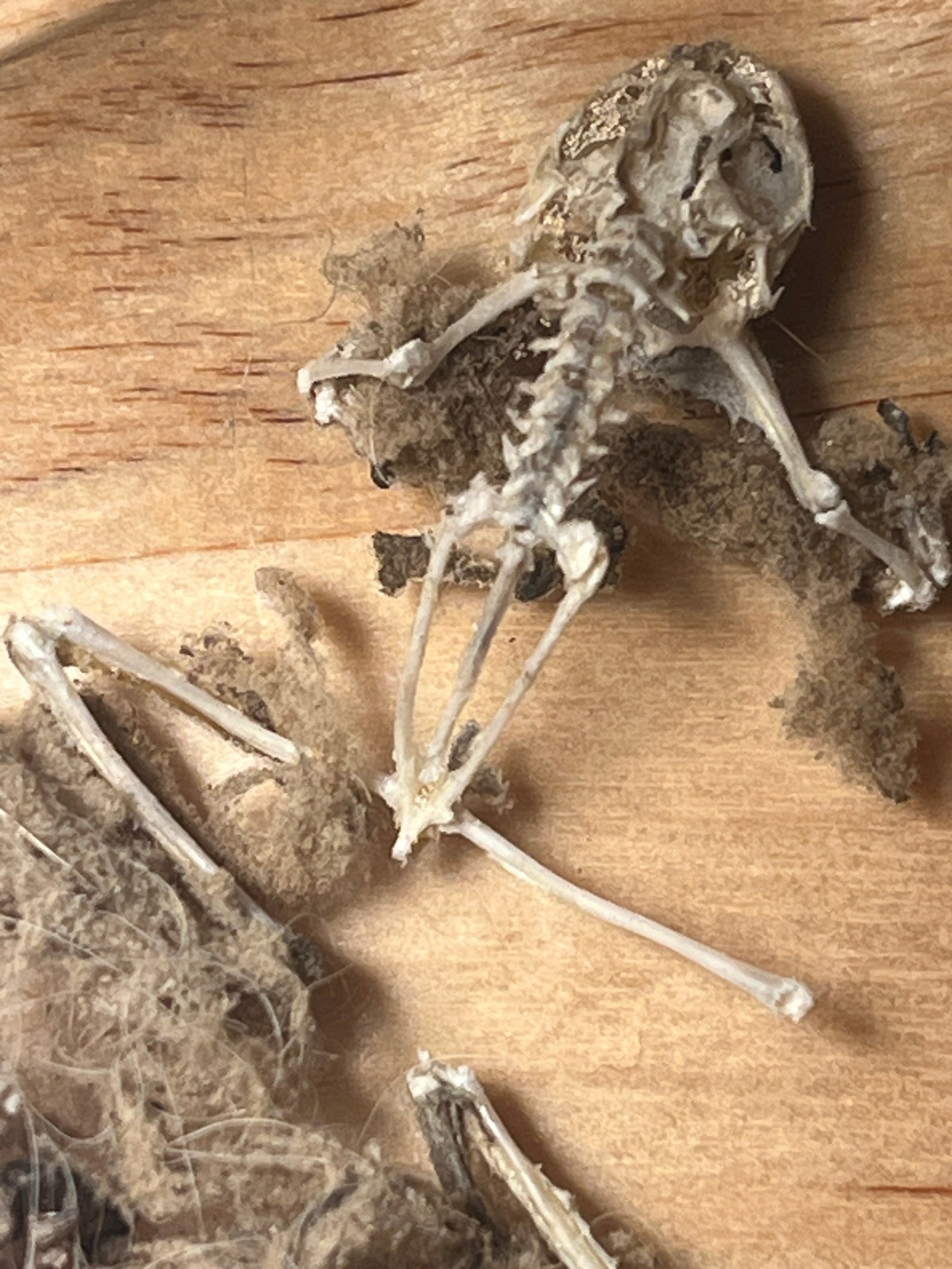Every time I weed my front yard it feels like I have gotten paper cuts all along my arms. Knowing that it happens when I reach through the patch of Chinese silver grass (Miscanthus sinensis), I decided to look at this plant under my Foldscope 2.0 to see if there was a microscopic reason for the cuts on my arms. Read on to find out what I saw!

What Is Scratching My Arm?
It is interesting that most of the descriptions I found online for Chinese silver grass say that the leaves of this plant have “sharp edges”. This makes me think of something like the sharp edge of a smooth chef’s knife, but that is not how the edges look under a Foldscope!

Why Does Grass Need Teeth?
The most obvious reason for having sharp serrated edges on the blades of grass is that it keeps predators from eating them. Plants can’t get up and run away from an animal that wants to eat it, so they must develop some creative ways to protect themselves. These “teeth” are one such physical adaptation that helps the plant to survive. If the plant will cause the animal pain, then the animal is less likely to eat the plant.

Staying Hydrated
Scientists are also studying leaf patterns to learn more about the different physical variations in leaves. One idea is that serrated leaves have more surface area which has an impact on the amount of water that a leaf is able to absorb. The pointy edges of the “teeth” can also help the plant to better distribute drops of water onto the ground as they run off of the leaves, thereby avoiding washing away soil from the roots.

The presence of sharp serrated edges on blades of grass is yet another example of how the microscopic properties of objects can impact us on a macroscopic scale. Nature really is amazing!

Have you looked at the edges of plant leaves under a Foldscope 2.0? Use your Foldscope to dive into the microscopic world and find the beauty that is there waiting for you. Share your microscopic images and thoughts on the Microcosmos. Be sure to tag us on social media when you post the results of your explorations, creations, and discoveries! We love to see how Foldscopers around the world are using their Foldscopes in new and innovative ways!
Facebook: @Foldscope
Twitter: @TeamFoldscope
Instagram: @teamfoldscope
TikTok: @foldscope
Threads: @teamfoldscope
Sources:
https://www.gardenia.net/genus/miscanthus-sinensis-selection-guide-japanese-silver-grass
https://wildlife.ca.gov/Conservation/Plants/Dont-Plant-Me/Pampas-Grass
https://www.treehugger.com/tree-leaf-margins-toothed-leaf-key-1343489#:~:text=If%20it's%20a%20serrated%20leaf,on%20trees%20in%20drier%20climates.


